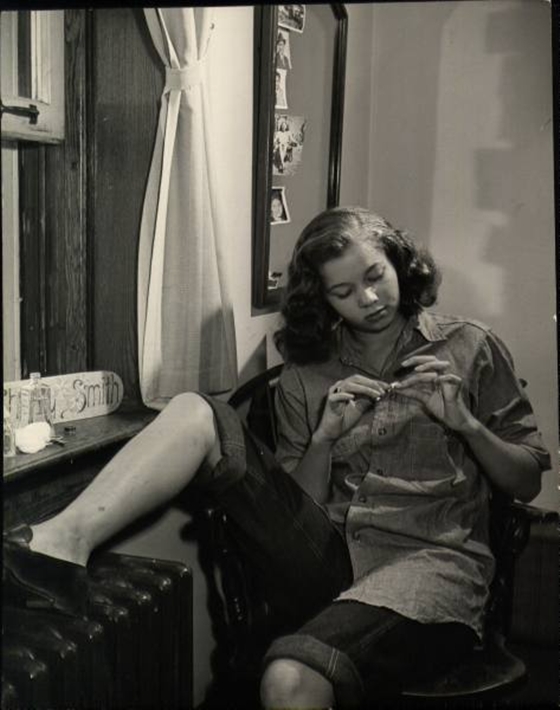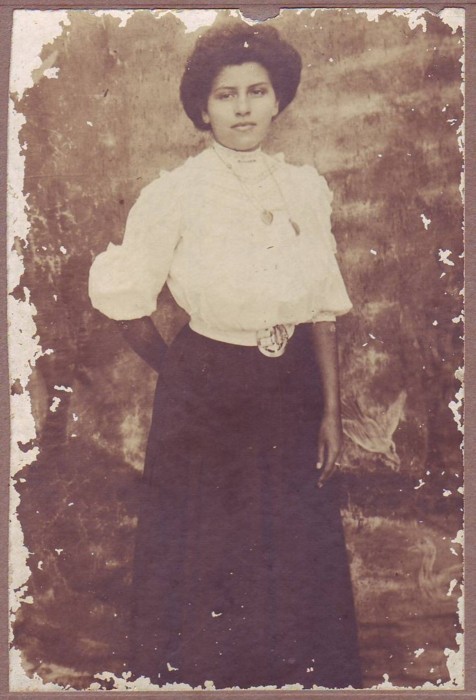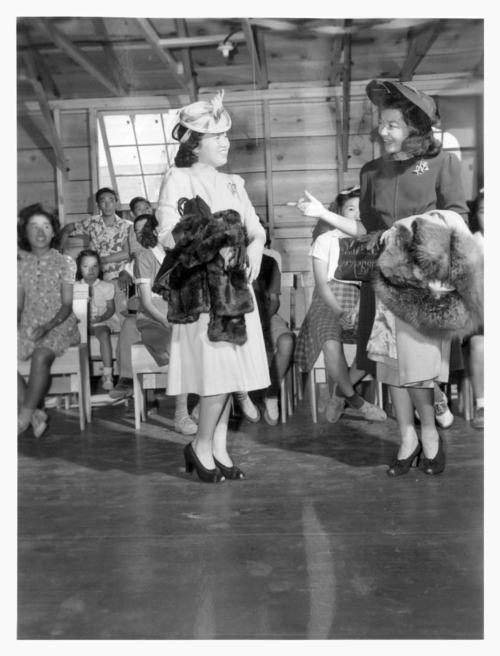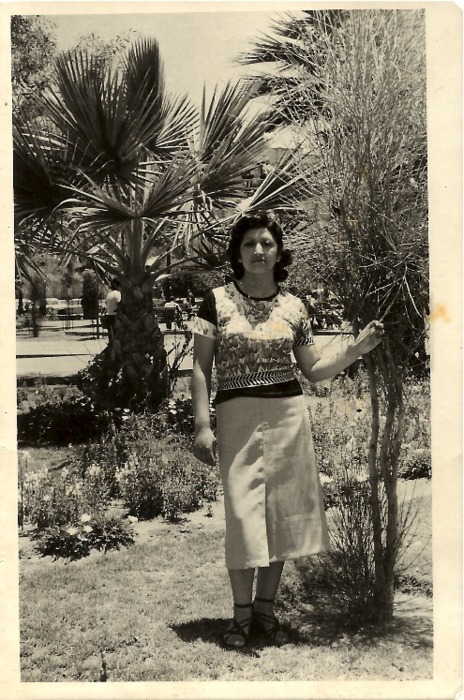
Alfred Eisenstaedt, Life Magazine, via Of Another Fashion
This week, I want to focus on a site I discovered when I was trying not to work. While browsing fashion blogs, I encountered Of Another Fashion, a digital archive of "the not quite hidden but too often ignored fashion histories of US women of color." In recuperating these women as alternative icons, the site emphasizes the complex historical intersections of public and private as they play out through clothing choices. It also provides needed role models to counter the often problematic and still white-dominated fashion industry.

Personal collection of Lisa Henderson; via Of Another Fashion
The site features both photos from other archives, like the Library of Congress, and images from contributors' personal collections. Blog author Minh-Ha T. Pham includes whatever information is available about the image and its subject, and these stories, even when brief, are one of the most enthralling parts of the project. For example, the image above is of the contributors' great grandmother, Bessie Henderson, who died in 1911 at the age of 19. The contributor tells us
She lived on a small farm with her ailing grandparents. Her arms
are burned dark from work in the sun, but she would have shielded her
fair face with a bonnet or straw hat. The lockets mystify and sadden
me. Neither my grandmother nor her sister ever saw them. They had
nothing of their mother’s, save this picture. (Lisa Henderson)

Photo by Francis Stewart, via Of Another Fashion
The image above, taken in 1942, shows a Labor Day fashion show at Tule Lake Relocation Center, an internment camp in California. The image highlights the day-to-day survival strategies of women in a very difficult situation. The staging of a fashion show in particular places the emphasis on beauty, play, and modernity, but also labor. Women within the camp would have made most of the dresses; in some cases, women probably modeled what they made, thereby showing not only their beauty but also their virtuosity.

Personal collection of Rosemary Garrido; via Of Another Fashion
Making fashion the focus of an alternative history gives us a glimpse into the everyday lives of these women and how they were shaped by both personal desires and broader historical forces. For me, this blog really highlights the complex conditions that produce the visual rhetoric of fashion.




Recent comments
2 years 29 weeks ago
2 years 44 weeks ago
2 years 44 weeks ago
2 years 50 weeks ago
3 years 4 weeks ago
3 years 4 weeks ago
3 years 4 weeks ago
3 years 6 weeks ago
3 years 6 weeks ago
3 years 6 weeks ago